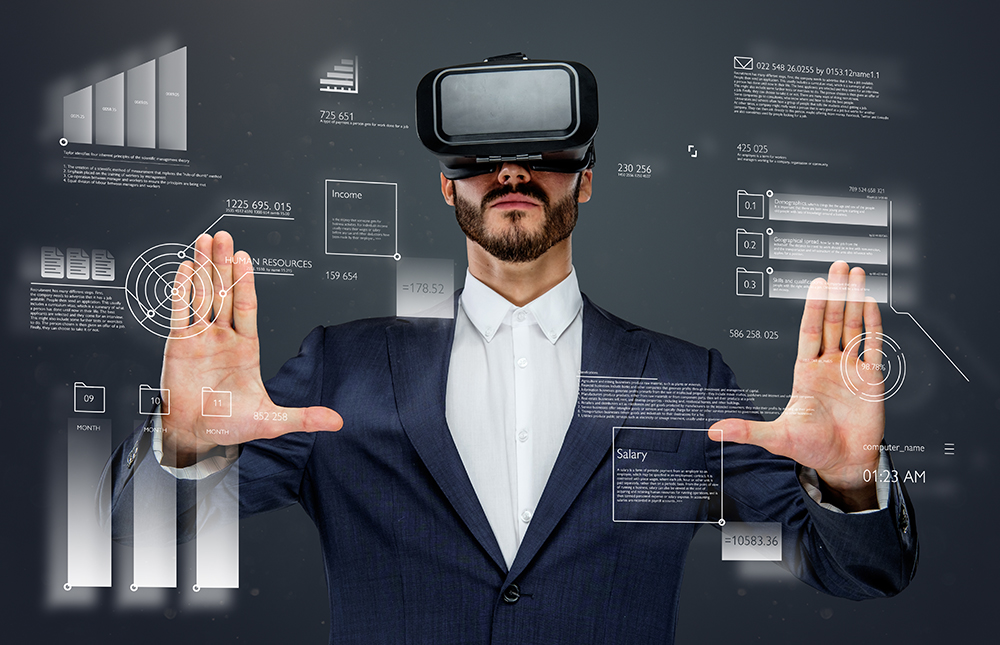The future of work is an ever-evolving landscape, with new technologies and changing global trends, the need for workers with unique skillsets is ever-increasing. As the global economy continues to change, the jobs of the future are likely to be very different from the jobs of today.
The development of new technology and automation has already transformed many industries, such as manufacturing and transportation, and this trend is likely to continue. Automation and artificial intelligence have the potential to replace or augment human labor in a variety of roles, including administrative and customer service tasks. This could mean that many traditional roles in the workforce may become obsolete.
Meanwhile, the development of the internet, cloud computing, and the Internet of Things are creating new opportunities for those with the skills to work remotely and the ability to develop and utilize complex systems. This could lead to an increase in jobs in the tech sector, such as software engineers, web developers, and IT professionals.
The environmental crisis and the need for more sustainable practices are likely to create demand for green jobs such as renewable energy engineers, sustainability consultants, and clean energy technicians. Additionally, as the population grows and the need for healthcare increases, jobs in the medical field such as doctors, nurses, and healthcare aides are likely to remain in high demand.
As technology continues to advance, the need for workers with technical and creative skills will grow. This could lead to an increase in roles such as data scientists, designers, and content creators, who can use their skills to create new products and services.
Ultimately, the jobs of the future are likely to be very different from the jobs of today. As the world continues to evolve, those with the right skills and the ability to adapt to changing trends will be in high demand, while those with outmoded skillsets may struggle to remain competitive in the job market.
Examples of Some Jobs of the Future
- Virtual Reality Designer - Virtual Reality Designers create immersive 3D experiences for virtual and augmented reality applications. They use software such as Unity and Unreal Engine to create realistic visuals and interactions.
- Autonomous Vehicle Technician - Autonomous Vehicle Technicians maintain and repair self-driving vehicles. They troubleshoot problems and ensure that the vehicles are functioning properly and meeting safety standards.
- Blockchain Developer - Blockchain Developers create decentralized applications and smart contracts using blockchain technology. They develop protocols and algorithms to secure transactions and ensure system integrity.
- Internet of Things Developer - IoT Developers create and maintain applications that interact with connected devices. They develop software and hardware solutions that can be used to control and monitor devices.
- Robotic Process Automation Engineer - Robotic Process Automation Engineers create and maintain software robots to automate tasks and processes. They design and develop computer algorithms that can be used to automate mundane tasks and reduce human effort.
- Quantum Computing Researcher - Quantum Computing Researchers explore the potential of quantum computing and develop algorithms to solve complex problems. They use mathematical modeling and simulation techniques to design and test quantum computing systems.
- 3D Printing Technician - 3D Printing Technicians use 3D printing technology to create 3D objects from digital models and designs. They use a variety of materials and techniques to create prototypes, parts, and finished products.
- Drone Pilot - Drone Pilots operate unmanned aerial vehicles (UAVs) to capture images and video, inspect sites, deliver items, and more. They use specialized software and hardware to control and monitor their drones.
- Reality Developer - Augmented Reality Developers create immersive 3D experiences for mobile and wearable devices. They combine graphics, audio, and interactive elements to create augmented reality experiences.
- Bioinformatics Scientist - Bioinformatics Scientists analyze large sets of biological data and use AI and machine learning methods to identify patterns and correlations. They use their findings to develop new treatments and cures for diseases.
